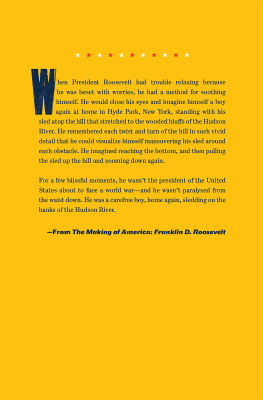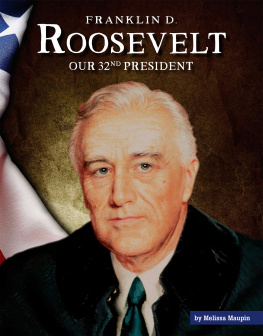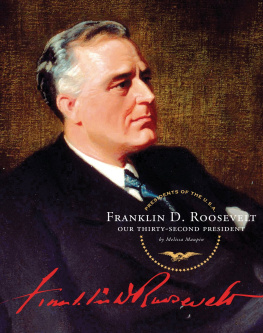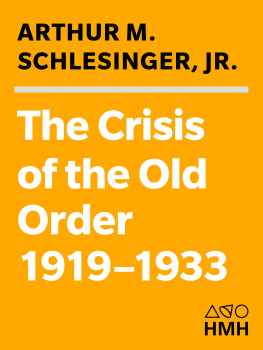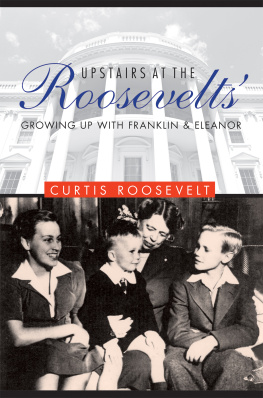

Published in 2017 by Britannica Educational Publishing (a trademark of Encyclopdia Britannica, Inc.) in association with The Rosen Publishing Group, Inc.
29 East 21st Street, New York, NY 10010
Copyright 2017 by Encyclopdia Britannica, Inc. Britannica, Encyclopdia Britannica, and the Thistle logo are registered trademarks of Encyclopdia Britannica, Inc. All rights reserved.
Rosen Publishing materials copyright 2017 The Rosen Publishing Group, Inc. All rights reserved.
Distributed exclusively by Rosen Publishing.
To see additional Britannica Educational Publishing titles, go to rosenpublishing.com.
First Edition
Britannica Educational Publishing
J.E. Luebering: Executive Director, Core Editorial
Anthony L. Green: Editor, Comptons by Britannica
Rosen Publishing
Kathy Kuhtz Campbell: Senior Editor
Nelson S: Art Director
Ellina Litmanovich: Designer
Cindy Reiman: Photography Manager
Supplementary material by Lorena Huddle
Library of Congress Cataloging-in-Publication Data
Names: Huddle, Lorena, editor.
Title: Franklin D. Roosevelt / edited by Lorena Huddle.
Description: New York : Britannica Educational Publishing, 2017. | Series: Pivotal presidents: profiles in leadership | Includes bibliographical references and index. | Audience: Grade 7 to 12._
Identifiers: LCCN 2015050350 | ISBN 9781680485134 (eBook)
Subjects: LCSH: Roosevelt, Franklin D. (Franklin Delano), 1882-1945. | Presidents--United States--Biography. | United States--Politics and government--1933-1945.
Classification: LCC E807 .F687 2016 | DDC 973.917092--dc23
LC record available at http://lccn.loc.gov/2015050350
Photo credits: Cover, holbox/Shutterstock.com; interior pages flag Fedorov Oleksiy/Shutterstock.com.
Table of Contents
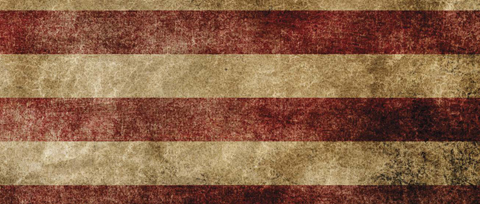

During his presidency Franklin D. Roosevelt spoke directly to the American people in regular national radio broadcasts that became known as fireside chats.
Franklin D. Roosevelt was the only U.S. president elected to the office four times. In his 12 years in office, Roosevelt was both hated and loved. His opponents criticized him for the way he expanded the powers of the federal government. Most people, however, hailed him for his efforts to lead the United States through two of the greatest crises of the 20th century: the Great Depression and World War II.
Roosevelt started his career in politics in 1910, when he was elected as a Democrat to the New York Senate. In 1913 he was appointed assistant secretary of the Navy by President Woodrow Wilson. During World War I (191418) Roosevelt helped lead the Navy to victory over German sea forces. In 1920 he ran for vice president, but the Democrats lost the election.
In 1921 Roosevelt was stricken with poliomyelitis, a disease that paralyzed him from the waist down. In later years he could walk a little using a cane and leg braces, but he usually used a wheelchair (although not in public).
In 1928 and again in 1930 Roosevelt was elected governor of New York. During his governorship the worldwide economic downturn known as the Great Depression took hold. Roosevelt responded to the crisis by introducing programs to help the states poor farmers and unemployed.
Roosevelts aggressive relief policies in New York helped him to win the Democratic nomination for the presidency in 1932. In the election he won an easy victory over his Republican opponent, President Herbert Hoover, to become the 32nd president of the United States. By the time Roosevelt took office in 1933, the depression had deepened. Millions of Americans had no work and no money. The U.S. Congress granted Roosevelt unprecedented powers, and when it did not give him the powers he wanted, he simply assumed them. Roosevelt used his authority to create jobs and to help those who needed it. In doing so he changed the governments role in national life. For good or ill, many of Roosevelts ideas of government are still part of the law of the land.
During World War II Roosevelt was the real commander in chief of the American armed forces in their successful effort to rid the world of German Nazism and Japanese militarism. He took charge of the industrial might of the United States and played a major part in setting up the United Nations.
In peace and in war Roosevelt always had the people behind him. Some of his methods may be questioned, but his aims were good. Readers of this book will learn about the character, intellect, and politics that shaped Roosevelt and made him the pivotal leader he came to be.

F ranklin D. Roosevelt was born on January 30, 1882, at the family estate, Springwood, on the Hudson River near Hyde Park, New York. His father, James Roosevelt, was a wealthy landowner and railroad vice president. His mother was Sara Delano Roosevelt, of an old merchant-shipping family. She was James Roosevelts second wife.

The birthplace and home of Franklin D. Roosevelt in Hyde Park, New York, became a summer White House while Roosevelt served as president.
Franklin was the only child of this second marriage. He had a half brother, 18 years older than he. President Theodore Roosevelt was their fifth cousin once removed. The Roosevelt family in America had been started by Klaes Martensen van Roosevelt. He came to America from Holland in about 1644.
Hyde Park, New York
Roosevelts birthplace and home was the town of Hyde Park, in eastern New York. It lies on the east side of the Hudson River, 8 miles (13 kilometers) north of Poughkeepsie and about 75 miles (121 kilometers) north of New York City. The town (formed in 1821) bears the name of a local estate honoring Edward Hyde, Viscount Cornbury, who was governor of New York (170208).
President Roosevelt and his wife, Eleanor, are buried in Hyde Park at his family estate (290 acres [117 hectares]), which has been a national historic site since 1944. The adjacent Franklin D. Roosevelt Presidential Library and Museum contains some 44,000 books and houses Roosevelts papers and memorabilia as well as a collection of material on U.S. and New York state history.
CHILDHOOD AND EDUCATION
Young Franklin was tutored at home until he was 14 years old. Nearly every year the family spent a few months in Europe. In the summers they vacationed at Campobello, a small Canadian island in the Bay of Fundy, near Eastport, Maine. James Roosevelt took his son iceboating and tobogganing in the winter and fishing in the summer. He taught the boy about trees, horses, and dairy cattle, and how to run a farm.






